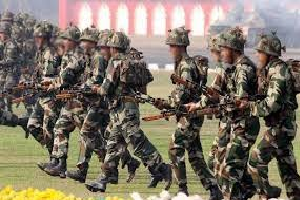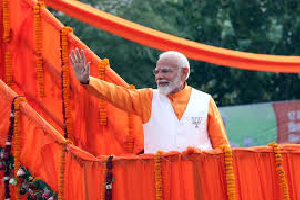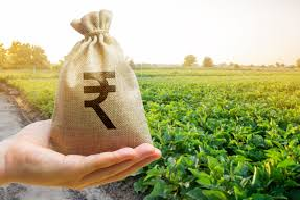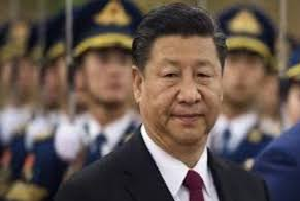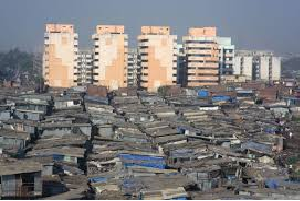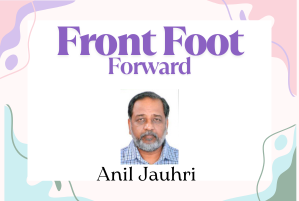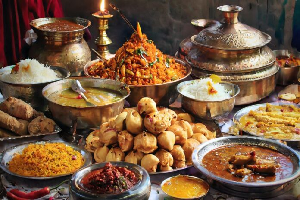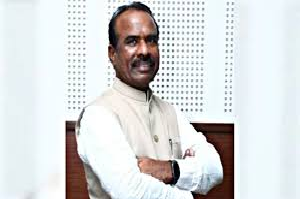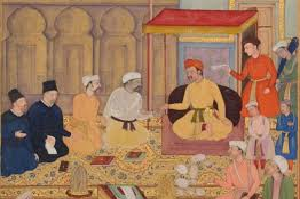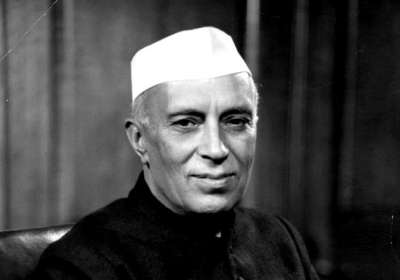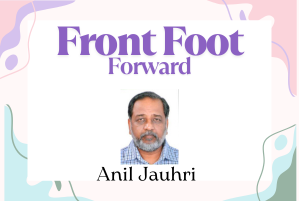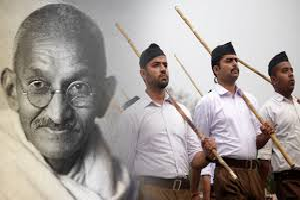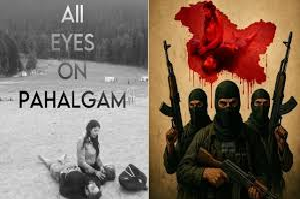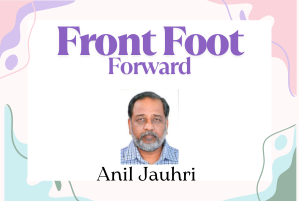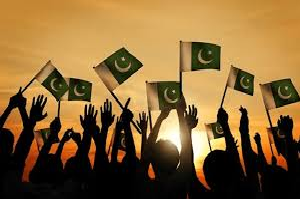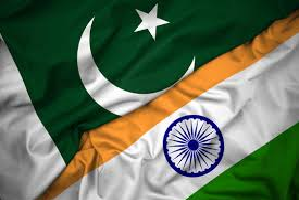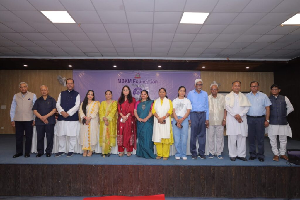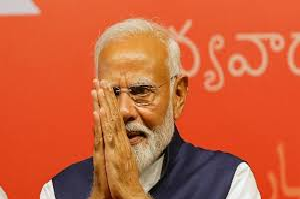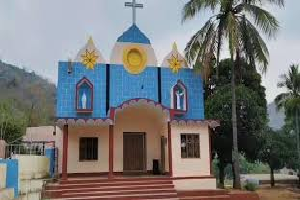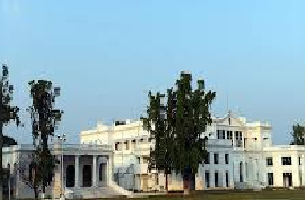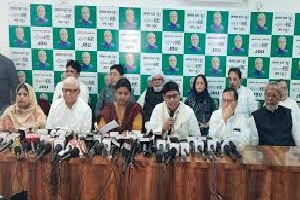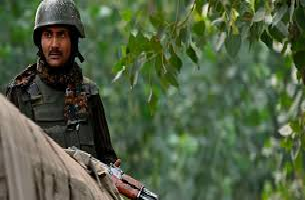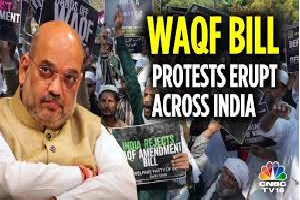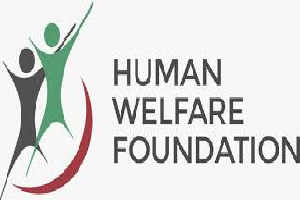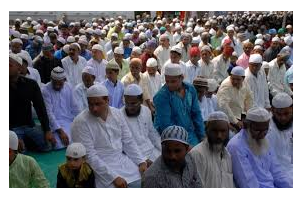23

Today’s Edition
New Delhi, 23 April 2024
Prof Shivaji Sarkar
Jammu and Kashmir is advancing at a pace that may surprise many across the nation, boasting strong health and social indicators. It stands out with impressive statistics for women and high per capita income particularly remarkable considering it's a region predominantly inhabited by minorities.
J&K is progressing despite occasional opposition protests, such as the one in September 2023 against the abrogation of Article 370 and the delay of grassroots polls. The Congress on April 1, 2024, held protests again at Srinagar BJP state headquarters against the Centre over its alleged attempts to cripple the opposition parties ahead of the general elections. Democratic protests are back.
Article at a Glance
Jammu and Kashmir (J&K) are making significant strides in social and health indicators, with women's empowerment and high per capita income standing out, despite occasional political unrest. The abrogation of Article 370 has paved the way for increased investments, with the government receiving proposals worth Rs 56,857 crore, potentially creating 2.62 lakh jobs. However, job creation is still lagging, and the full impact of investments is yet to be realized.
J&K's gross state GDP has doubled since 2019, and the state is making progress in healthcare and education. It ranks high in health indicators, including a better sex ratio at birth and lower infant mortality rates than the national average. However, there is still room for improvement in access to clean drinking water and reducing anaemia among women.
The region's average per capita income is comparable to Punjab's, and women are relatively more empowered than in the rest of India. However, there is a persistent demand for the reinstatement of Article 370, which appears unattainable. Despite this, the central government is giving vibes that Kashmir would do better with the support of its people as their trust deepens.
Overall, J&K is making significant progress in various indicators, but job creation and addressing the demand for further improvements in the security situation remain challenges. The government's focus on healthcare, education, and women's empowerment has contributed to the state's advancement, making it a region to watch in the coming years.
It was not easy but Home Minister Amit Shah, who not only led the scrapping of Articles 370 and 35A but also kept a close watch on every development being observed and analysed with precision, allowed such demonstrations to give a vent to the anguish. This was not possible some years back when no one knew from where a terrorist bullet would fly in. Since June 19, Shah has been visiting the state often. It became more frequent since October 21, 2023, to reorganise the affairs.
Lieutenant Governor Manoj Sinha says that the speed of development in the union territory has gone up by ten times since the abrogation of Article 370 of the constitution. Voices within the state dispute it.
Kashmir is aspirational as it has a better standard of living and aspires to have more investments and strengthen its different indicators. There is impressive data from the state government and NITI Aayog showing the state progressing on most counts as investments pour in.
The government has received investment proposals totalling Rs 56,857 crore against a target of Rs 75,000 crore, potentially creating 2.62 lakh jobs. Of 1600 investors, 800 have already deposited their initial investments and secured land allotments. However, the full impact is yet to be realized due to gestational issues in the process. Additionally, the government anticipates an additional Rs 3,000 crore in foreign investment following business delegation visits from the UAE and other countries.
There is restlessness as jobs, particularly government jobs, are lagging. Most of the 2.62 lakh jobs promised are not in government.
Since 2019, gross state GDP (GSDP) has doubled to Rs 2.25 lakh crore from Rs 1 lakh crore.
The Economist magazine writes, “Tourism, it is true, has seen a modest recovery—backed by a government campaign that portrays Kashmir as a peaceful, picturesque place. Visitor numbers in 2022 were roughly the same as in 2018 (more in 2023). Yet tourism, which currently accounts for 6 per cent of the state’s GDP has taken an almighty leap to be a major driver of growth”. Though political changes thawed some sectors.
Social welfare and focus on healthcare and education have been the cornerstone of governance in J&K since the mid-20th century. This has improved with government jobs, which are dwindling. The state tops in health indicators, according to National Family Health Survey-5 (NFHS-5). It has a sex ratio at birth of 976 female births against 1000 male children. It means 47 more female births against an all-India average of 929.
The infant mortality rate, children dying before the age of 5, at 18.5 per 1000, is better than the national average of 42. Even the total fertility rate is positive. Against the national average of 2, J&K has 1.4. It means 60 fewer births, ensuring better health and living conditions. Most births take place at a hospital or clinic. Against the national average of 88.6 per cent, 92.4 per cent of the women deliver their babies in an institutional facility. But 65 per cent of women suffer from anaemia against the national average of 57 per cent.
As per NITI Aayog’s 2023 report standard of living is higher in terms of the use of clean fuel – 32 per cent; electricity usage 99 per cent and housing. It lags in access to clean drinking water, 10.37 per cent against the national 7.3 per cent.
Women in J&K are relatively more empowered than the rest of India. It has less spousal violence; higher age at marriage, female labour force participation, women attaining more than 10 years of schooling and women owning phones. Overall social conditions are better than the average living conditions of minorities elsewhere in India. Even it has less polygamy at 1.4 per cent.
The J&K has an average per capita income of Rs 1.36 lakh and is comparable with Punjab’s Rs 1.49 lakh.
Shah notes an improvement in the Valley's situation, projecting J&K as a leading economic state. Previously intense combing operations before his visits have now become routine drills. Terrorism is nearly eradicated in the Valley, although sporadic incidents of migrant killings occur in the Rajouri-Poonch area. This region, part of the Anantnag constituency, is divided by the Pir Panjal range, forcing candidates to undertake a 500 km detour to reach voters. Traversing the constituency poses a significant challenge for political parties and candidates during campaigning.
The National Conference of Farooq Abdullah with its ally Congress is contesting all the seats as they could not reach an agreement with PDP leader Mehbooba Mufti. She is contesting from Anantnag.
The NC-Cong is contesting Baramulla, Anantnag, and Srinagar in the Valley, and Udhampur and Jammu. Since the Valley politics has become volatile, the BJP is not contesting or even supporting its supposed allies like the Democratic Progressive Azad Party of Ghulam Nabi Azad and Apni Party. Azad though was keen but has not filed his nomination. Similarly, Apni Pary is also in the lurch.
Shah and PM Narendra Modi decided not to contest the seats in the Valley to involve the local people more in the parliamentary system and governance. The centre is giving vibes that Kashmir would do better with the support of its people as their trust deepens.
Regional parties express their discontent, attributing it to a portion of their supporters who insist on further improvements in the security situation. Despite this, there remains a persistent demand for the reinstatement of Article 370, which appears unattainable. Many individuals still express discomfort with the extensive security presence, now more covert, which is reportedly targeting migrant populations. Economic growth, reflected in job opportunities and business development, remains stagnant, affecting the average income per family. Approximately 22 per cent of the population remains unemployed. Following the Lok Sabha elections, there is optimism among the people for broader prospects and opportunities.
---------------


